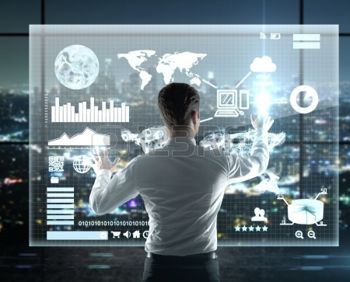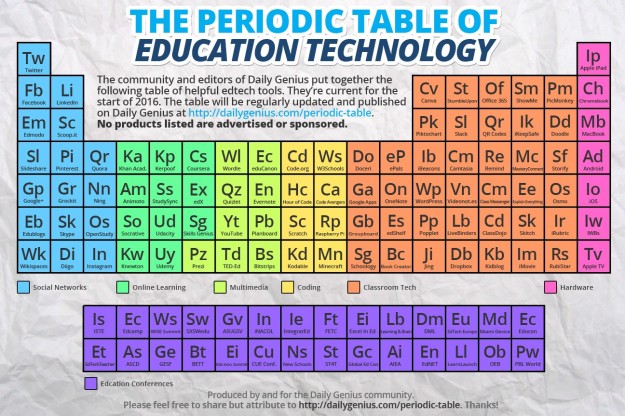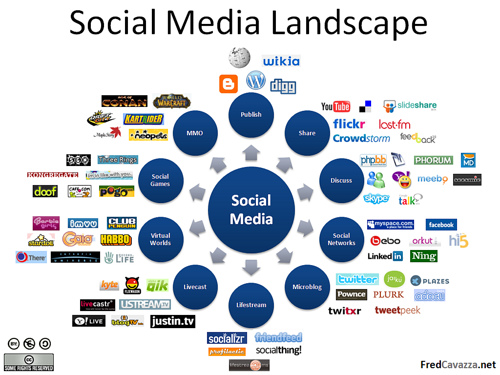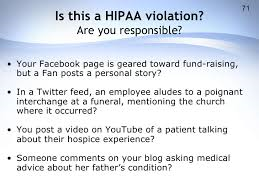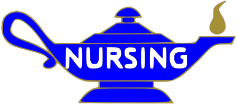“Digital leadership is less about a single person and more about bringing together a coalition of power, skill, and vision that can collectively start the first wave of transformation” (Ross, 2014). Throughout this course, we have learned that the internet has been an influencing factor on how we interact, communicate, collaborate, and learn.
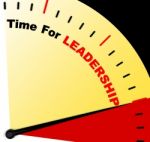
As educators, we must carpe diem, seize the day and acknowledge that it is important that we have a relatively good understanding of the digital tools/apps that would encourage a learning environment for our future workers. If we are lacking in this, then we need to surround ourselves with fellow leaders who are willing to collaborate and share their technological know-how with others.
Stephen Covey’s, author of The 7Habits of Highly Effective of People, noted that people who were able to use synergic communication, that is, the ability to open their minds and hearts to new possibilities, alternatives, and options are leaders (cited in Sprung, 2012). To be a leader in the digital age, we need to be open to innovation and welcome any and all ideas that may impact the learning outcomes for our students.
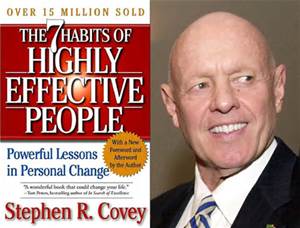
The top takeaways from this course for me is to be open to the many opportunities that I have at my disposal. My work environment is constantly changing and I need to keep abreast of any and all tools that will make learning more student centered. The “hi-tech” environment that I work in does has its advantages, but it can also be intimidating to those unfamiliar with simulation. The Corning Day Glass videos is a glimpse of what our world will be like in the near future. This youtube video is another look of Technology in Education: A future classroom.
Another takeaway is the impact social media has on both our personal and professional lives. Issues such as privacy, confidentiality, ethics, professionalism can impact one’s life either positively or negatively.
While I am away recuperating for the next 6 weeks, I am planning on using this time to review the digital tools that was shared in our past posts for possible use in our summer semester courses.
Ross, M. (2014). Digital leadership? Or leadership in a digital world. Retrieved from: leadership-leadership-digital-world-01100076#6lwulpMXB5Glosj.97
Sprung, S. (2012). RIP Stephen Covey: Here Are His Famous ‘7 Habits of Highly Effective People’. Retrieved from: http://www.businessinsider.com/stephen-coveys-7-habits-of-highly-effective-people-2012-7
